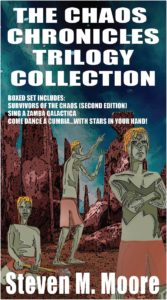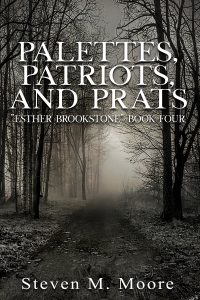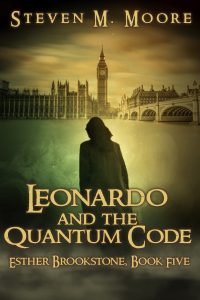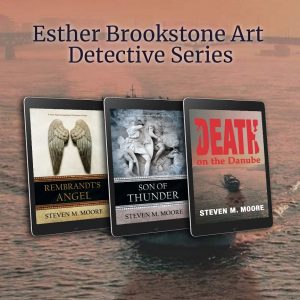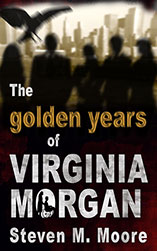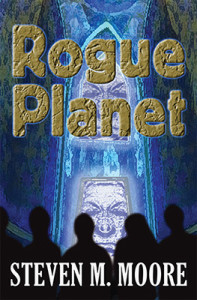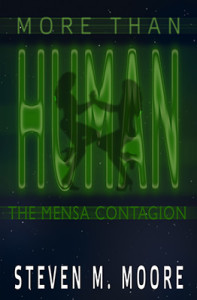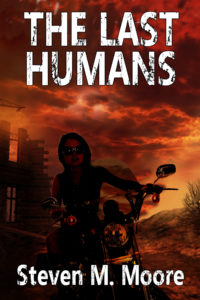What about those copyrights?
Friday, February 11th, 2022I laugh when I see PR and marketing gurus and other pundits’ blather and twaddle about the need for copyrights and registering them. I suppose one could argue that copyrights are the good face to the bad one of book piracy. Some authors register; I don’t The moment I slap a copyright statement on something I write, it’s supposed to be protected. Bollocks! There’s nothing like an unenforceable law to cause me mirth!
For example, on all my free PDF downloads, there’s a copyright statement. The most recent novel in the “Esther Brookstone Art Detective” series, Intolerance, has a 2022 copyright. But knowing human beings like I do, I go ahead and state that the person who downloads one of those free PDFs can make copies and circulate it to family and friends as long as they “respect the copyright.” What the hell does that mean?
First, it means that I can’t do much if you don’t, whatever it means. You could sell multiple copies of that free PDF and make some extra spending money. Or you could use some software package to strip my name off the document and replace it with your own (good luck trying to convince someone you write like me!). Or you could take excerpts and claim they’re your own stories (my novels have flashbacks or back stories that could lend themselves to that scam as short fiction).
The first thing is key, though. A copyright doesn’t give any author any protection for their intellectual property! Stealing a book is like stealing a car: It’s against the law, folks, but it doesn’t guarantee that the victim can recover their car!
Some US authors register their work with the Library of Congress as well. I suppose there’s something similar in other countries. For many self-published authors (I’m a mongrel with both self- and traditionally published works), the fee for that costs more than the royalties they’re likely to receive for a book (fact of life!). How do you send an ebook to the Library of Congress anyway? It’s an archaic institution focused on print books! Most of my books have no print version.
For traditionally published authors, the publisher will sometimes perform that registration, but that’s another upfront cost small presses are now often passing on to their authors in their desperation to survive as an endangered species in a world of huge, predatory publishing conglomerates. I suppose the latter might pursue legal action if one of their old formulaic mares or stallions in their stables is pirated, but they won’t spend the money for a lawyer to protect lesser known authors (who often write better books!), especially newbies’ books that aren’t selling well (it’s all about that greedy bottom line, not art…and lawyers are expensive!).
No, that whole copyright thing is a joke in the publishing industry, just as it is for most intellectual property. Authors, publishers, and governments won’t prosecute violations in general. So you can find just about any book you want online for free. Those who do so are only punished by their guilty conscience, if they have one!
***
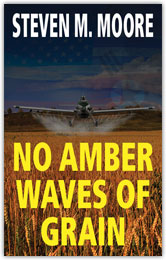 Comments are always welcome! (Please follow the rules on my “Join the Conversation” web page.)
Comments are always welcome! (Please follow the rules on my “Join the Conversation” web page.)
“Clones and Mutants.” This series starts with my very first novel, Full Medical, as it paints a dystopian picture of what our healthcare system can become as greedy people get rich off innocent people’s health problems and unscrupulous politicians try to preserve their power. The clones here are also abused innocents. In Evil Agenda, the villain behind the conspiracy of the first novel, tries to give himself even more power; and, in No Amber Waves of Grain, he almost redeems himself by helping to thwart an even more insidious villain. These are “evergreen books,” as current and troubling sci-fi thrillers as the day I wrote them, and all three books in this trilogy are available wherever quality ebooks are sold.
Around the world and to the stars! In libris libertas!
